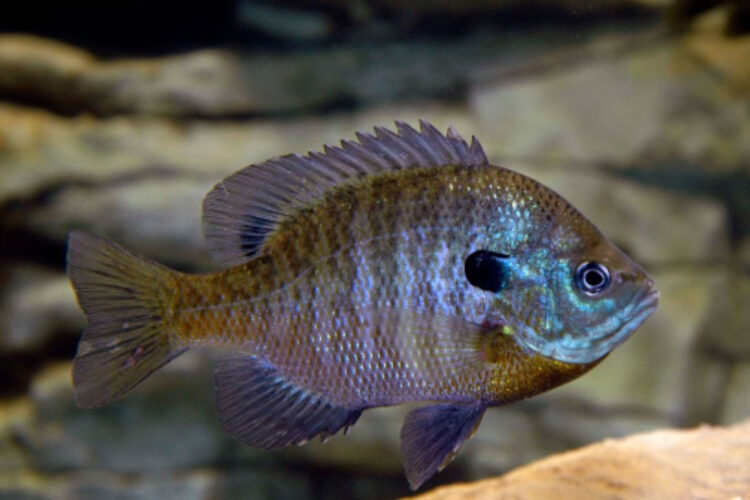Improved habitat is being used to promote fish growth and increase the number of large bluegill available for anglers.
Better for the table and better for bait.
Source: West Virginia DNR
SOUTH CHARLESTON, W.VA. — There’s always a bigger fish. At least that’s what fisheries biologists are trying to determine as they research ways the West Virginia Division of Natural Resources can provide anglers with bigger bluegill when they go fishing in lakes around the state.
Over the last few years, DNR biologists have been focusing on how bluegill management in small lakes in District 1 can improve habitat, promote better fish growth and increase the number of large bluegill available to anglers.
“Our goal is to improve bluegill fishing in some of the lakes in northern West Virginia,” said David Wellman, a District 1 fisheries biologist. “We are trying to determine what lakes have the most potential for growing larger bluegill and if they need to special regulations and habitat enhancement.”
Is bigger better?
Bluegill are freshwater members of the sunfish family. While coloration varies, bluegill commonly feature deep blue and purple markings on the face and gill cover, dark bands down the sides and an orange or yellow belly. Bluegill eat aquatic insects and fish and are often eaten by other fish, such as bass, catfish, and musky.
Research indicates bluegill can grow larger in certain lakes if there is sufficient food, adequate habitat and harvesting larger bluegill is limited. It also helps if there is a dense population of predator fish to thin out mid-sized bluegill. DNR biologists take into consideration how these conditions may affect bluegill populations when determining how to best manage these fisheries.
“There’s this misconception that you can’t over-harvest bluegill, but we are seeing that overfishing can drastically alter the size of fish available to anglers,” said Dustin Smith, an assistant district fisheries biologist.

Improving bluegill fishing opportunities
Not every lake is set up for bluegill management. Some lakes are better suited for trophy bass or other species. That’s why DNR biologists are taking time to look at data from the study to determine how to provide improved fishing opportunities.
And having more large bluegill in lakes around the state is something all anglers can enjoy. Not only can the abundance of larger fish entice anglers to visit West Virginia, bluegill is a great fish for beginner anglers.
“We look at bluegill as a gateway fish species because they are abundant in lakes and streams, like to bite and are easy to catch,” Wellman said. “And you don’t need elaborate equipment. A cane pole with a bobber and a small hook with a worm will do. Bluegill fishing is a great way to introduce people to the sport.”



